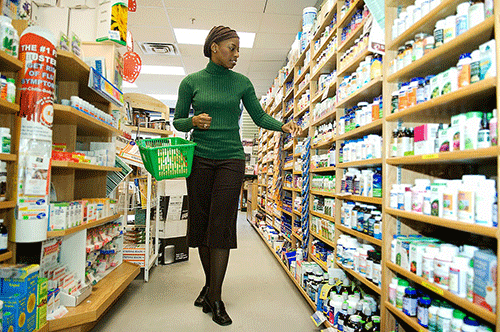Consumers who tightened their belts during the last couple of years due to the impact of the Covid-19 pandemic, coupled with a persistent recession, now have to reduce their spending even further because the Bank of Namibia yesterday increased the repo rate with 25 basis points from 3.75% to 4%.
The repo rate is the level at which commercial banks borrow money from the central bank, and in turn determines interest rates for consumers.
The increase pours more misery on Namibian consumers who rely on debt to survive.
Old Mutual’s recent Savings and Investment Monitor Survey showed that debt has become a lifeline for many Namibians. Over half of the surveyed participants indicated that buying on credit had become a part of life as they just could not make ends meet. A third of those surveyed had dipped into their savings, and another third had fallen behind on their household bills.
The three things that many had cut back on were groceries, entertainment and clothing.
“The hard-pressed consumer who has cut consumption to the bare minimum has to cut consumption even further as he is faced with higher credit costs,” said Omu Kakujaha-Matundu, a local economist.
According to him, companies and individuals are in the same boat as they face higher costs to survive. “As inflation is caused by supply-side issues or constraints, using the interest rates to tame inflation just punishes the consumer. It is just a blunt tool which punishes consumers, businesses and the entire economy,” Kakujaha-Matundu stressed.
Also weighing in on yesterday’s rate increase, head of research at High Economic Intelligence, Salomo Hei, said it would negatively impact those who have loans or facilities with banks as they will pay more on their instalments.
“The increase will further elevate standards of living, but the Monetary Policy Committee (MPC) took a long-term strategy in trying to rein in inflation. The anticipated recovery, which will lead to demand for goods and services, will in all likelihood come at the end of the second and third quarters. The action taken from the central bank is to manage inflation as opposed to chasing inflation,” Hei explained.
When announcing the rate increase yesterday, BoN governor Johannes !Gawaxab affirmed the MPC is of the view that the increase is appropriate to safeguard the one-to-one link between the Namibia Dollar and the South African Rand.
“This monetary policy stance is also a step towards normalising the current negative real interest rate environment, and establishing a positive real interest rate that is conducive to long-term economic growth,” said the governor.
He reiterated that addressing vaccine hesitancy remains key to the extent, speed and sustainability of domestic economic recovery.
!Gawaxab noted that overall domestic economic activity recovered in 2021, compared to 2020. The increase in economic activity was observed in major sectors such as mining, wholesale and retail trade, communication and tourism. On the contrary, activity in the construction, manufacturing and transport sectors, as well as the number of cattle marketed, slowed over the same period.
Going forward, !Gawaxab said the domestic economy is expected to grow around 3% in 2022.
Meanwhile, Namibia’s annual average inflation rate increased to 3.6% in 2021, compared to 2.2% the previous year. The increase in inflation was mainly driven by higher prices for the food, transport and housing categories. This was on account of supply-side constraints for certain food categories, a rise in international oil prices and an increase in dwelling rent, respectively.
On a monthly basis, overall inflation moderated to 4.6% in January 2022, from 4.5% registered in December 2021 and 4.1% in November 2021.
“Namibia’s overall inflation is projected to average around 4.4% for 2022 and 4.5% in 2023, up from 3.6% registered in 2021”, !Gawaxab added.
Although overall inflation remains within a reasonably accepted range, the governor said its food and transport components are expected to increase in the near future and may continue to have a disproportionate effect on the low-income segment of society, and therefore require close monitoring.
Moreover, he observed that private sector credit extension declined in 2021 due to lower demand for credit uptake for both businesses and households.
Adding his voice to the rate increase, economist Theo Klein from Simonis Storm said the MPC had their first meeting for 2022 in the midst of a more aggressive Fed (United States Federal Reserve), whom he expects to hike their rates by five to seven times this year. Klein expects these developments based on volatile global stock markets, flattening yield curves in developed countries, slowing economic growth in China and the US, and the South African Reserve Bank (SARB) announcing the start of their interest rate hike cycle last month. – mndjavera@nepc.com.na


